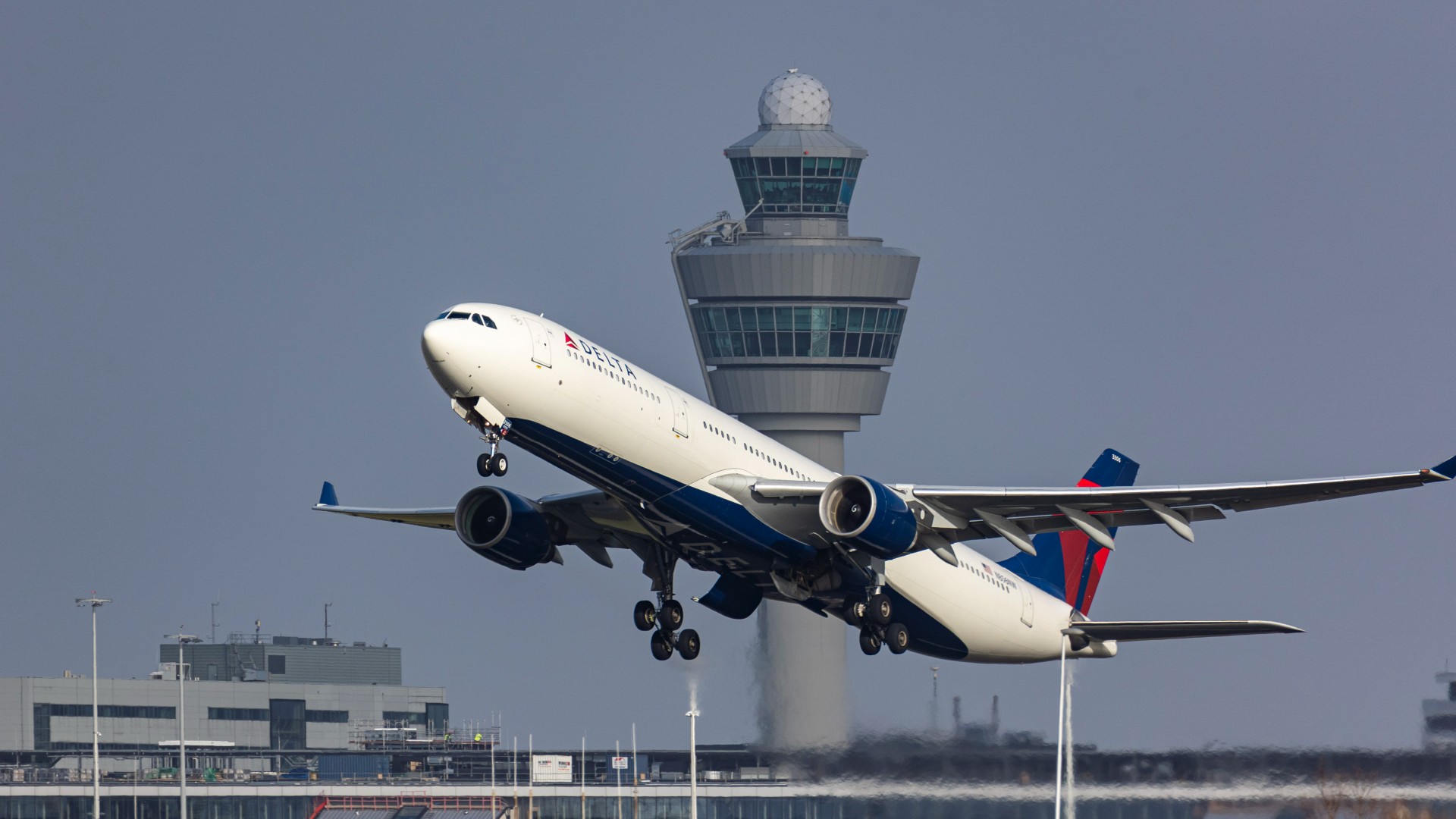
Ever wondered how planes manage to avoid each other in the sky? The answer lies with air traffic control (ATC). These unsung heroes work tirelessly to ensure our flights are safe and efficient. From guiding takeoffs and landings to managing airspace, their job is nothing short of critical. Imagine juggling hundreds of planes at once, each with its own path and schedule. Sounds intense, right? It is! But thanks to advanced technology and rigorous training, air traffic controllers make it look easy. Ready to learn some mind-blowing facts about ATC? Buckle up, because we’re about to take off into the world of air traffic control!
Key Takeaways:
- Air traffic control (ATC) is essential for safe and efficient air travel, using advanced technology and highly trained professionals to manage aircraft movement and ensure passenger safety.
- The future of ATC is evolving with innovations like NextGen, remote towers, and artificial intelligence, aiming to improve efficiency and meet the growing demands of air travel.
The Role of Air Traffic Control
Air traffic control (ATC) plays a crucial role in ensuring the safety and efficiency of air travel. Controllers manage the movement of aircraft on the ground and in the air, coordinating takeoffs, landings, and flight paths.
-
ATC Origins: The first air traffic control tower was established in 1920 at Croydon Airport in London. It used flags and lights to communicate with pilots.
-
Radar Revolution: Radar technology, introduced during World War II, transformed ATC by allowing controllers to track aircraft positions in real-time.
-
24/7 Operation: ATC services operate around the clock, ensuring that flights can safely navigate the skies at any time of day or night.
The Technology Behind ATC
Modern ATC relies on advanced technology to monitor and guide aircraft. These systems help controllers maintain safe distances between planes and manage air traffic efficiently.
-
Primary and Secondary Radar: Primary radar detects aircraft by bouncing radio waves off them, while secondary radar relies on transponders in planes to provide more detailed information.
-
Automatic Dependent Surveillance-Broadcast (ADS-B): This technology allows aircraft to broadcast their position, speed, and other data to both ATC and other planes, enhancing situational awareness.
-
Flight Data Processing Systems: These systems help controllers manage flight plans, track aircraft, and predict future positions to prevent conflicts.
The People Behind the Screens
Air traffic controllers undergo rigorous training and must possess specific skills to handle the high-pressure environment of ATC.
-
Intense Training: Controllers typically undergo 2-4 years of training, including classroom instruction, simulations, and on-the-job experience.
-
Stress Management: The job requires excellent stress management skills, as controllers must make quick decisions and handle multiple tasks simultaneously.
-
Communication Skills: Clear and concise communication is vital in ATC, as misunderstandings can lead to dangerous situations.
Safety Measures in ATC
Safety is the top priority in air traffic control. Various measures and protocols are in place to ensure the well-being of passengers and crew.
-
Separation Standards: Controllers maintain minimum separation distances between aircraft to prevent collisions. These standards vary based on factors like altitude and weather.
-
Conflict Detection Tools: Advanced software helps controllers detect potential conflicts between aircraft and take corrective action before they become critical.
-
Emergency Procedures: Controllers are trained to handle emergencies, such as engine failures or medical issues, by coordinating with pilots and emergency services.
The Future of Air Traffic Control
As air travel continues to grow, ATC systems and procedures are evolving to meet new challenges and improve efficiency.
-
NextGen: The Next Generation Air Transportation System (NextGen) aims to modernize ATC with satellite-based navigation, digital communications, and other innovations.
-
Remote Towers: Some airports are experimenting with remote control towers, where controllers manage traffic from a centralized location using high-definition cameras and sensors.
-
Artificial Intelligence: AI and machine learning are being explored to assist controllers in managing traffic, predicting delays, and optimizing flight paths.
Fun Facts About ATC
Air traffic control has some interesting and lesser-known aspects that highlight its complexity and importance.
-
Language of the Skies: English is the international language of aviation, ensuring that pilots and controllers worldwide can communicate effectively.
-
Call Signs: Each flight has a unique call sign, used by controllers to identify and communicate with specific aircraft.
-
Bird Strikes: ATC plays a role in managing wildlife hazards, such as bird strikes, by coordinating with airport wildlife management teams.
The Final Approach
Air traffic control is a fascinating world. Controllers keep the skies safe, guiding thousands of flights daily. They use radar, radios, and a lot of skill to manage airspace. Without them, air travel would be chaotic. These professionals undergo rigorous training and handle immense pressure. Their work ensures planes take off, fly, and land smoothly. Next time you fly, remember the unseen heroes in the control towers. They’re the backbone of aviation safety. Understanding their role gives us a deeper appreciation for every flight. So, the next time you look up at the sky, think about the complex system keeping everything in order. It’s a blend of technology, expertise, and dedication. Air traffic control is truly an essential part of modern aviation.
Frequently Asked Questions
Was this page helpful?
Our commitment to delivering trustworthy and engaging content is at the heart of what we do. Each fact on our site is contributed by real users like you, bringing a wealth of diverse insights and information. To ensure the highest standards of accuracy and reliability, our dedicated editors meticulously review each submission. This process guarantees that the facts we share are not only fascinating but also credible. Trust in our commitment to quality and authenticity as you explore and learn with us.


